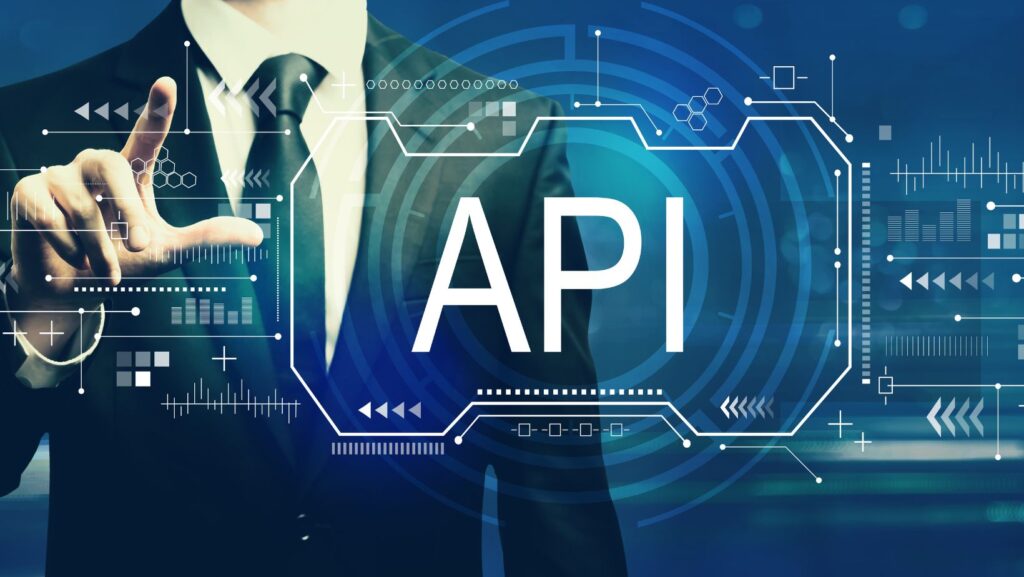Ever feel like the tech world is moving faster than you can keep up? At a certain point, for instance, there emerged this immense buzz around APIs. But are they really as useful to marketers as they say? Well, in fact, they are because APIs help different software systems talk to each other. This makes your marketing tools more powerful and integrated. And there’s more, of course, but first things first.
What’s API Exactly?
API stands for Application Programming Interface and allows different software applications to communicate. It gives them a kind of a common language to share data and functions. For example, when you use a social media scheduler, it uses APIs to post on your behalf. That is, it pulls data from your scheduling tool and pushes it to platforms like Twitter or Facebook.
Now, why are businesses massively turning to custom API development and integration services? That’s simple. It lets them ensure smooth data flow between different systems. Imagine you don’t have to manually update your CRM with new leads from your marketing campaigns because the API does it for you.
In effect, custom api integration is key because it means your CRM, email marketing, analytics, and social media tools can all work together. No more juggling multiple platforms or dealing with data silos. Your marketing efforts are cohesive and data-driven.
4 Types of APIs All Marketers Should Know
Public
Public APIs are available to any developer. They’re like a library. They allow developers to access a company’s data or services, usually for free or a small fee. For instance, social media platforms like Twitter and Facebook offer public APIs so developers can build tools that interact with their services. Think about how many tools you use daily that integrate with social media platforms. That’s APIs at work in all these cases.

Public APIs are also fantastic for expanding your reach. When other developers use your API, they’re essentially promoting your services. It can lead to creative new uses of your data that you hadn’t even thought of.
Best for: Integrating third-party services into your marketing stack. For example, you may use the Twitter API to pull in social media metrics into your reporting dashboard. It’s also great for small businesses or startups.
Partner
These are more exclusive. They’re shared with specific partners rather than the general public. This type of API is often used in B2B settings where companies need to share data. For instance, a payment processing company might provide a partner API to e-commerce sites to handle transactions.
Partner APIs enable businesses to extend their functionalities so that both parties can benefit from the shared data. This is perfect for a seamless customer experience.
Best for: Building strong B2B relationships in the first place. You can thus integrate your CRM with a partner’s customer service platform to get a unified view of customer interactions.
Internal
Internal APIs are used within a company to connect systems and services. They’re not exposed to external users. They must improve internal operations, instead. For instance, an internal API might connect your HR system with your payroll system. Such APIs are crucial for breaking down silos within an organization.

Internal APIs also play a significant role in reducing redundancy. They automate data exchange between systems and free up employees.
Best for: Streamlining internal workflows. You can use internal APIs to integrate various departments’ tools and make data sharing easier. For example, you can integrate your inventory management system with your sales platform for real-time stock updates.
Composite
Composite APIs allow you to bundle multiple API calls into one. They enable one API request to fetch data from several sources. This is especially useful for complex operations that require data from different systems. A composite API might gather user data from multiple databases.
Composite APIs reduce the number of calls between the client and server. This can speed up response times and make your applications more efficient. This is particularly valuable in mobile app development, where performance impacts user satisfaction a lot.
Best for: Increasing efficiency. Use composite APIs when you need to collect data from multiple services quickly and efficiently. For example, create a dashboard that pulls analytics data from various sources to give a real-time overview of your marketing performance.
As you see, APIs can do a lot of useful things for you. All you need is to get familiar with their different types, and you’ll be able to create more cohesive and impactful marketing strategies.
